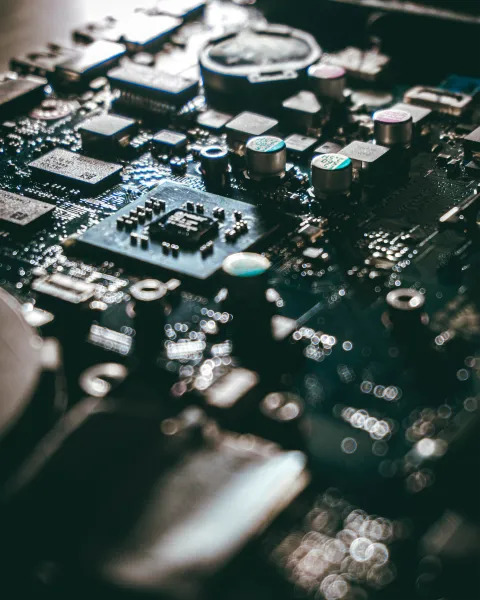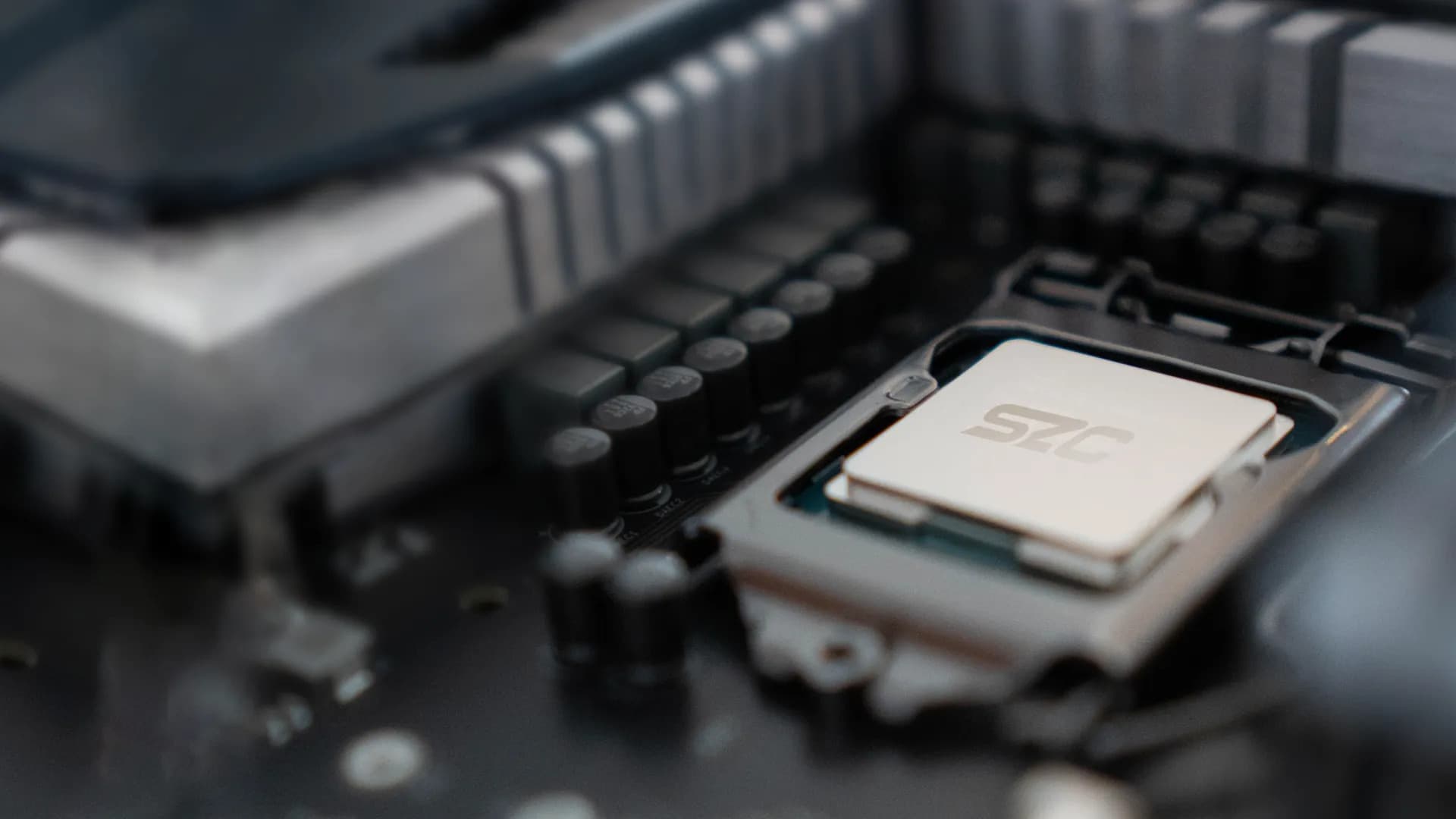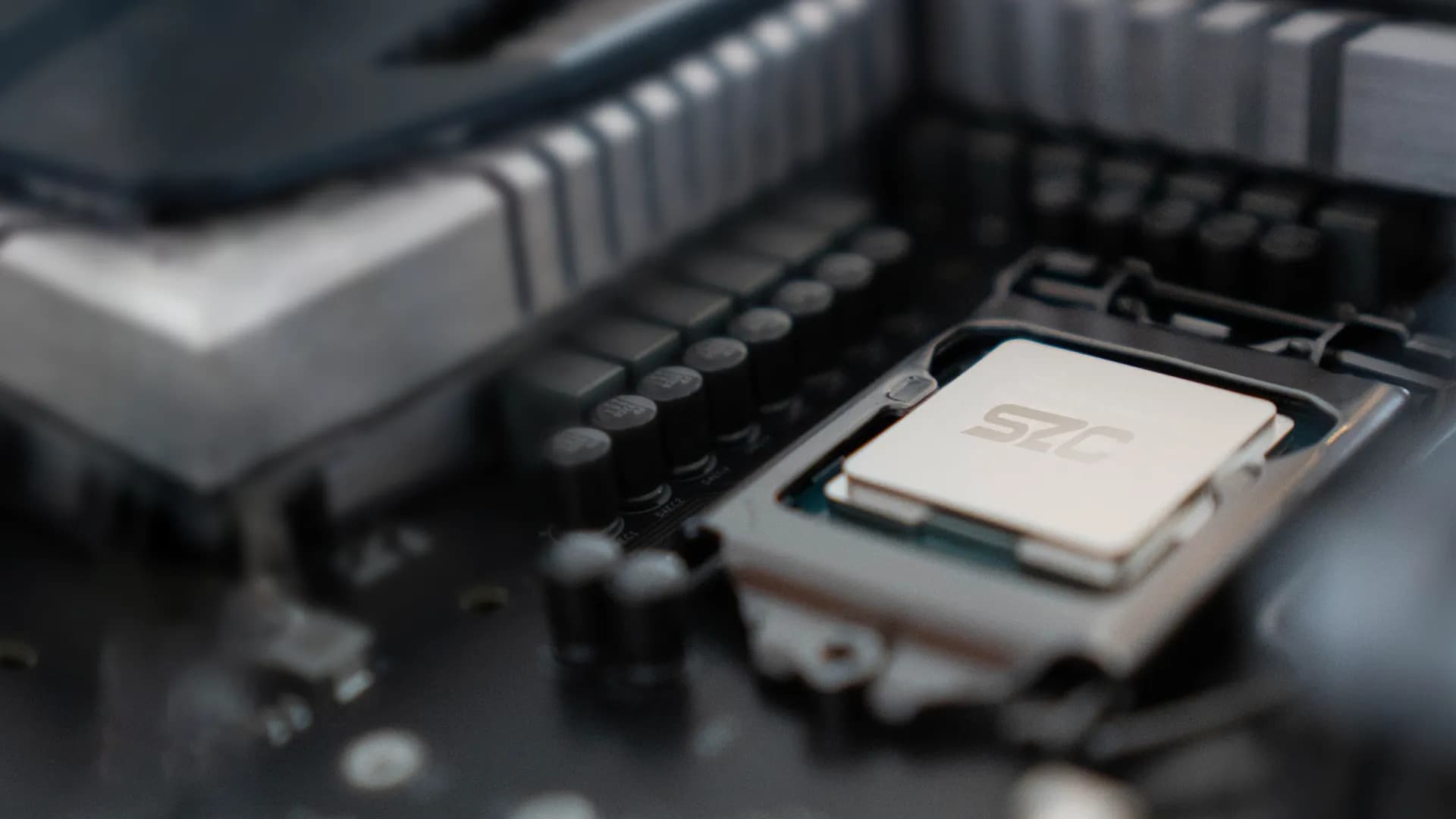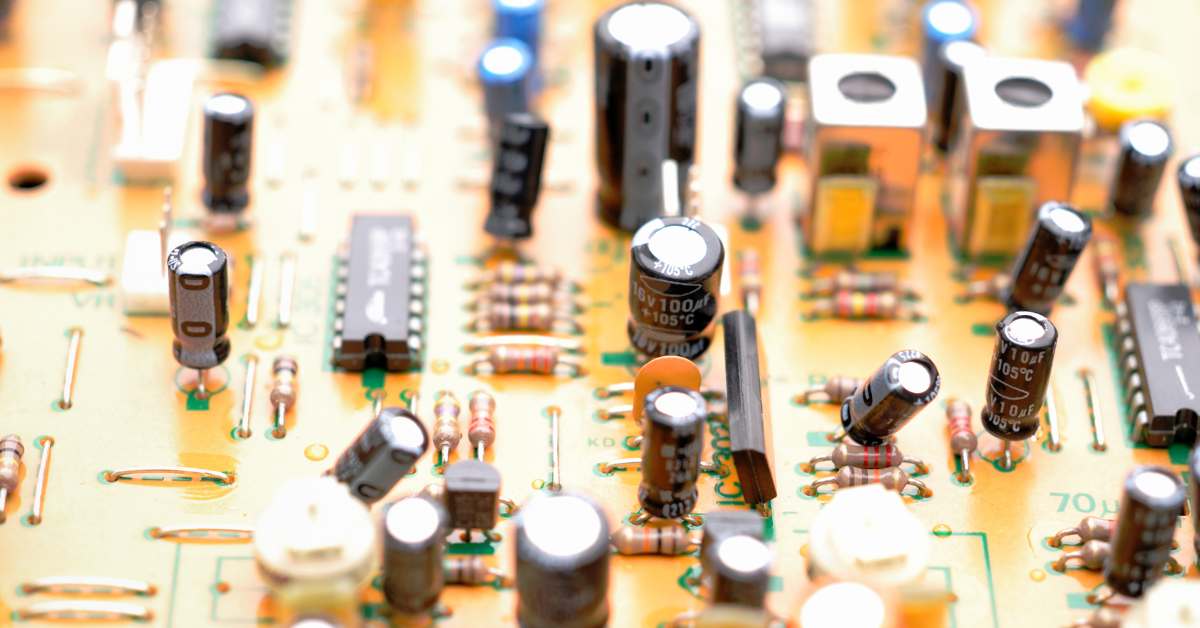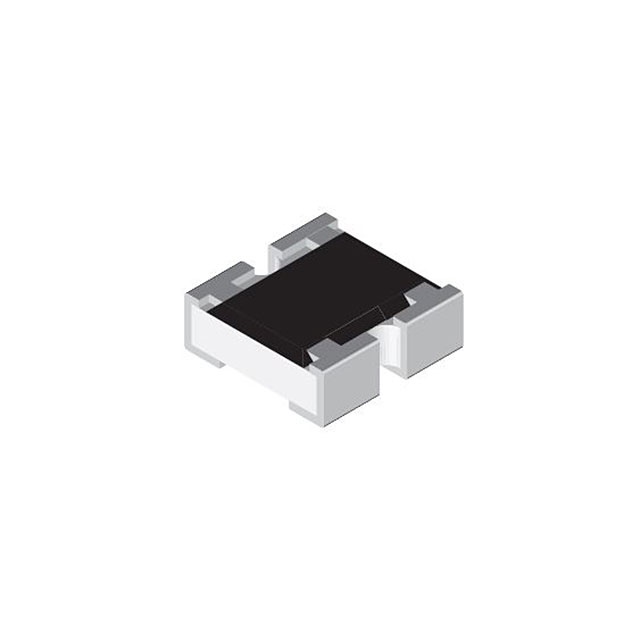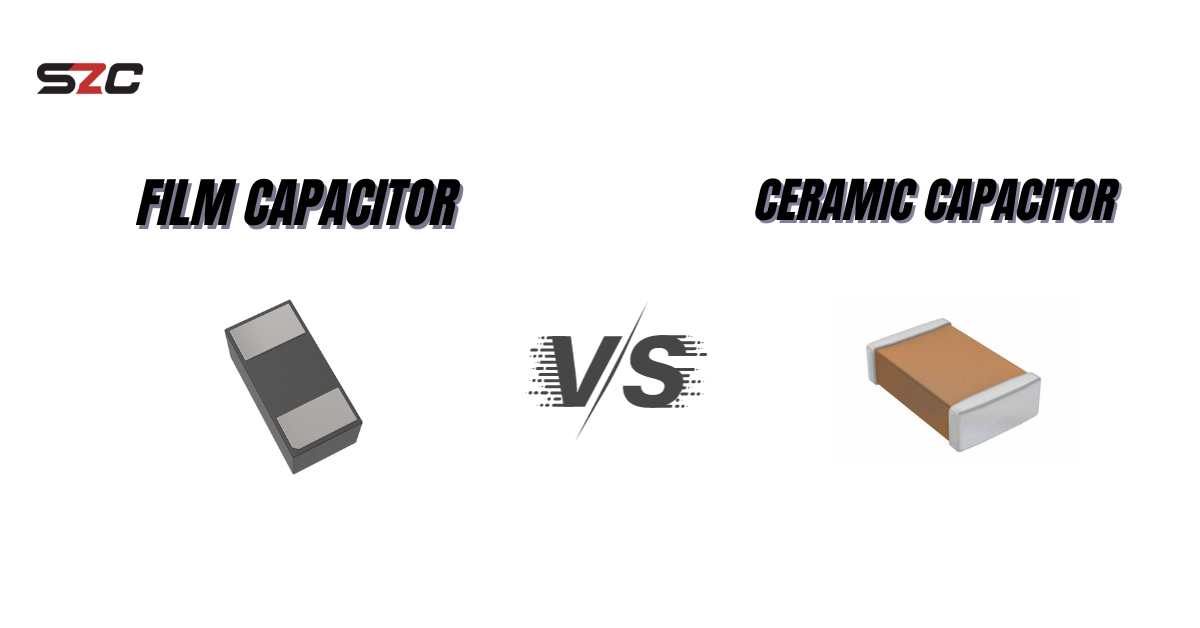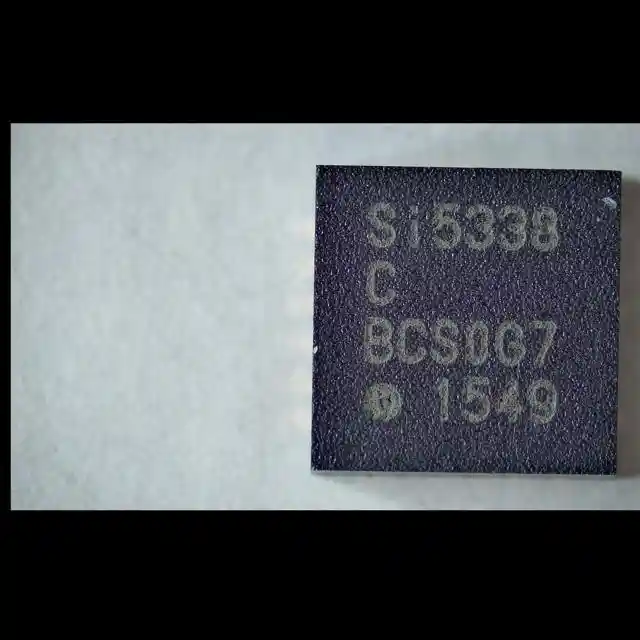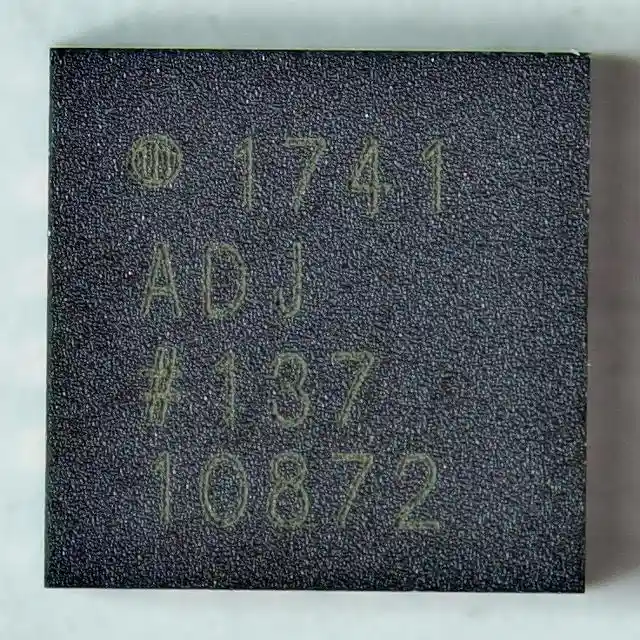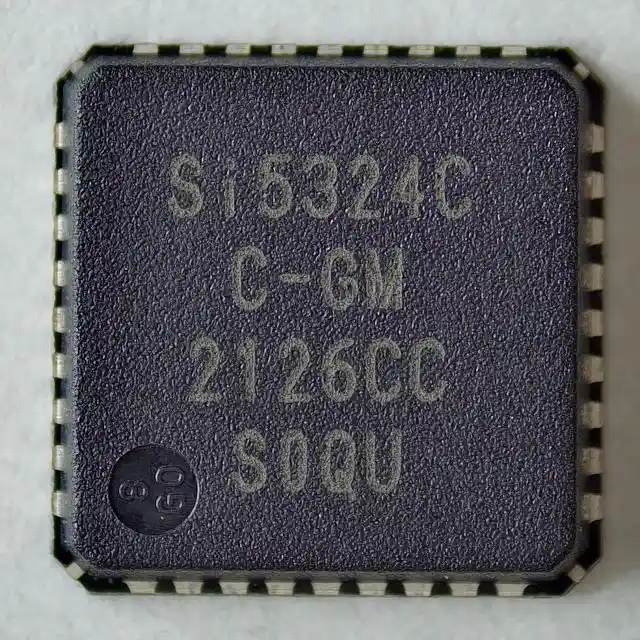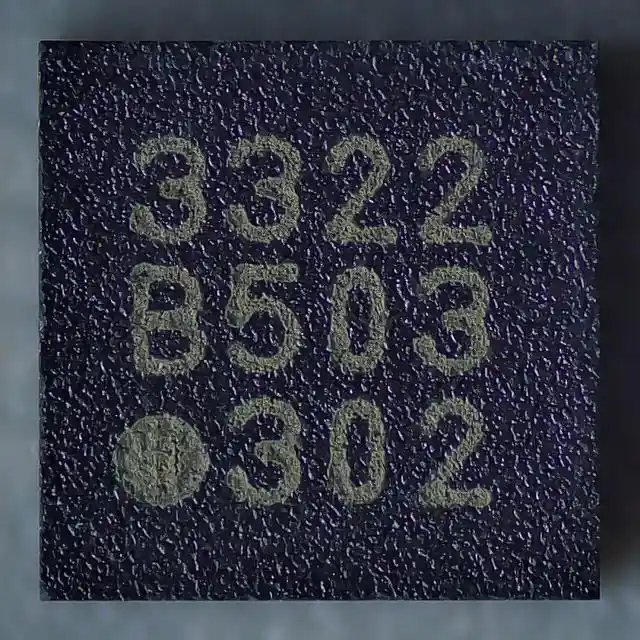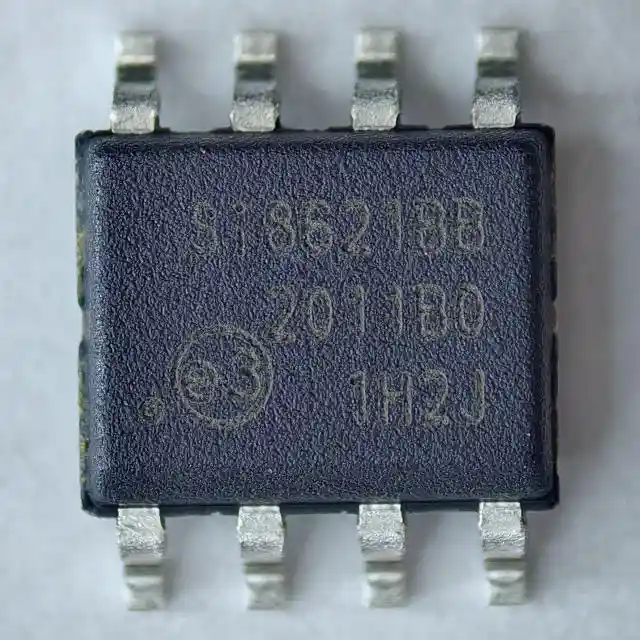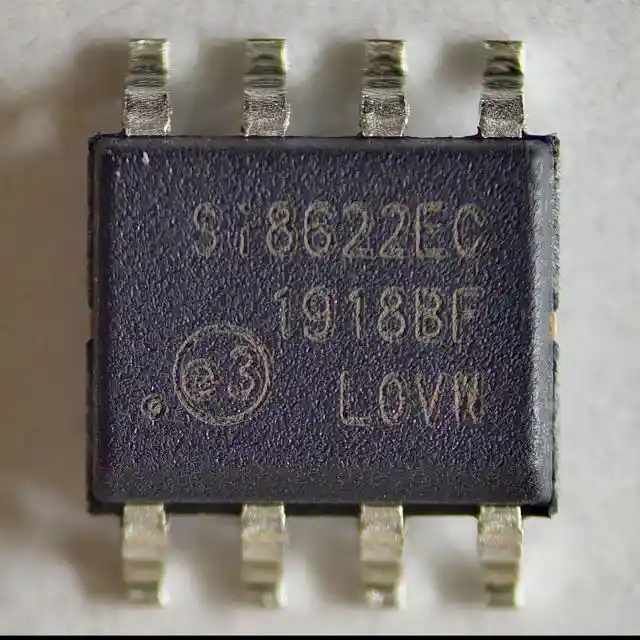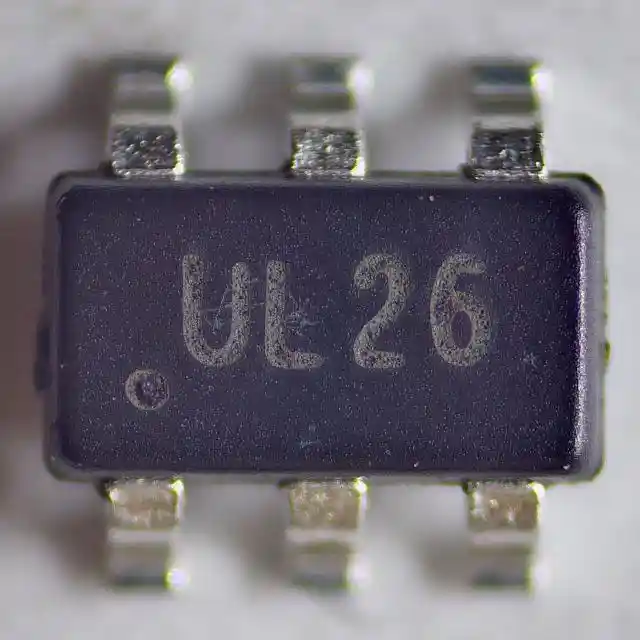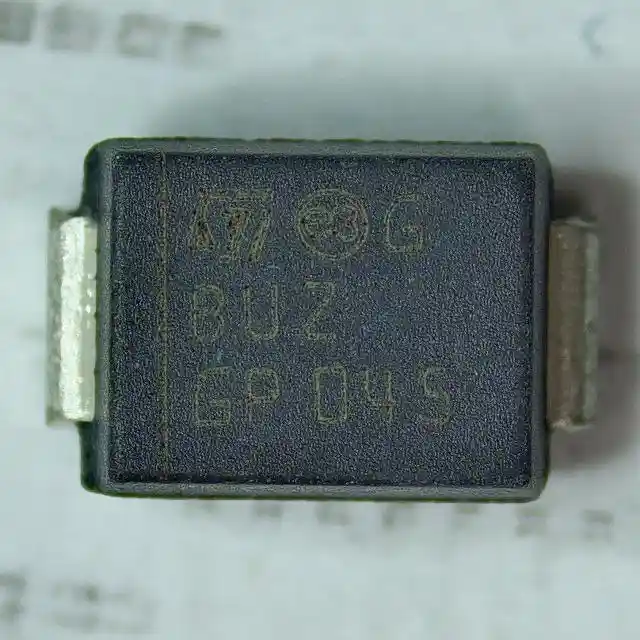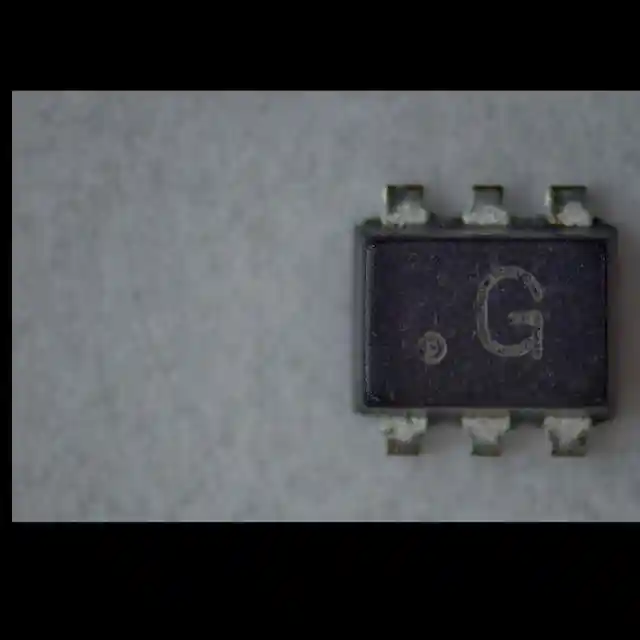In the realm of Field-Programmable Gate Arrays (FPGAs), two names often pop up: XC6SLX16 and XC6SLX25. These are not just random alphanumeric combinations but hold the key to unlocking a world of possibilities in the electronic components arena. Let's dive into the nuances of these FPGAs, exploring their specifications, features, benefits, equivalents, and applications.
What is XC6SLX16 FPGA?
Imagine a tiny powerhouse in the electronic world, capable of adapting and transforming itself based on the task at hand. That's the XC6SLX16 FPGA for you. FPGA, short for Field-Programmable Gate Array, essentially allows you to customize digital circuits post-manufacturing. The XC6SLX16, manufactured by Xilinx, is like the chameleon of the electronic world, boasting 16,000 logic cells that can be programmed to perform various functions.
In practical terms, it's the wizard behind the curtain, molding itself to fit different roles in electronic circuits. Whether it's in the automotive industry optimizing engine control systems or in medical devices enhancing image processing, the XC6SLX16 is the silent hero making it all possible.

What is XC6SLX25 FPGA?
Now, imagine its bigger sibling stepping into the spotlight. The XC6SLX25 FPGA, also crafted by Xilinx, takes the concept of programmability to the next level. With 25,000 logic cells at its disposal, it's like upgrading from a compact car to an SUV—more space, more power, more capabilities.
Think of it as the brain in sophisticated communication systems or the backbone of high-performance computing. The XC6SLX25 is the heavyweight champion, capable of handling complex algorithms, intricate data processing, and demanding tasks across various industries.
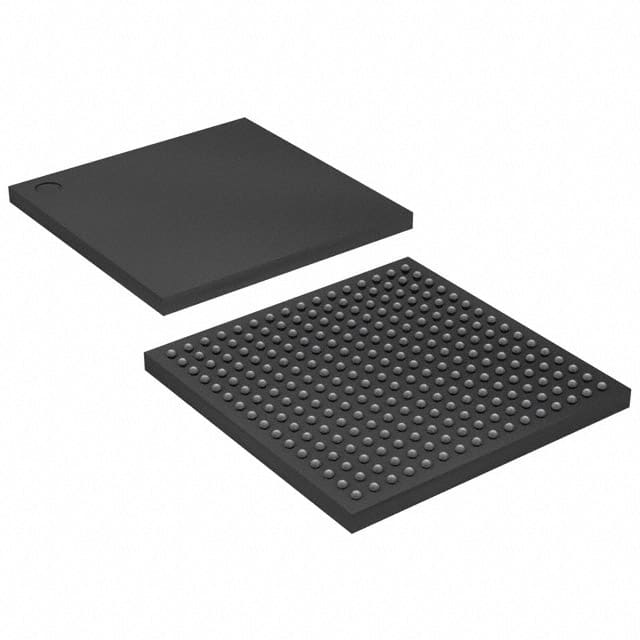
XC6SLX16 vs XC6SLX25: Specifications
Let's delve into the nitty-gritty details that set these two apart. The XC6SLX16 boasts 16,000 logic cells, a clock speed reaching up to 450 MHz, and 256 user I/O pins. On the other hand, its counterpart, the XC6SLX25, flexes its muscles with 25,000 logic cells, a similar clock speed of 450 MHz, but with an expanded 410 user I/O pins.
Think of logic cells as the brain cells of these FPGAs—the more, the merrier. And I/O pins? They're the connectors, the gateways allowing these chips to communicate with the outside world.
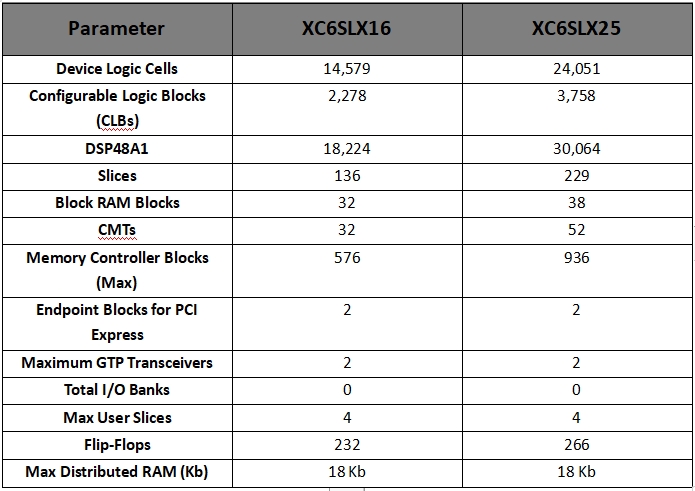
XC6SLX16 vs XC6SLX25: Features & Benefits
So, what's in it for you? The XC6SLX16 is your go-to choice for applications where a balance of size and power is crucial. It's the efficient multitasker, perfect for scenarios where real estate on a circuit board is at a premium.
On the other hand, if you're aiming for the stars and demanding heavy-duty performance, the XC6SLX25 is your ticket. With a larger capacity for logic cells and more I/O pins, it's the powerhouse that thrives in applications demanding computational prowess and extensive connectivity.
Both FPGAs share a common trait—flexibility. Their programmable nature means you're not stuck with a static circuit. Need an upgrade? No problem. These chips adapt on the fly, saving you from the hassle of redesigning entire systems.
XC6SLX16 vs XC6SLX25: Equivalents
In the world of electronic components, equivalents are like finding a different brand of your favorite smartphone. The XC6SLX16 has its counterparts in the form of similar FPGAs with comparable specifications. Likewise, the XC6SLX25 has its own league of equivalents.
But here's the catch—while equivalents may share similar traits on paper, the devil is in the details. The unique architecture and features of Xilinx FPGAs make them stand out, offering a level of customization and performance that might just tip the scales in their favor.
XC6SLX16 vs XC6SLX25: Applications
Now, let's talk real-world applications. Picture the XC6SLX16 orchestrating the symphony of functions in a consumer electronics device. Its versatility shines in applications like smart home devices, where adaptability and efficiency are paramount.
Meanwhile, the XC6SLX25 takes center stage in the grand productions of the electronic world. High-performance computing, aerospace applications, and data-intensive tasks bow to the XC6SLX25's capabilities.
XC6SLX16 vs XC6SLX25: Summary
Whether you opt for the XC6SLX16 or its bigger sibling, the XC6SLX25, you're tapping into the potential of FPGAs to reshape and redefine electronic systems. These chips, with their unique features and flexible nature, are the architects of innovation in the ever-evolving landscape of electronic components. So, whether you're designing the next breakthrough in technology or fine-tuning an existing marvel, remember, the choice between XC6SLX16 and XC6SLX25 is not just a choice of chips—it's a choice of possibilities. SZComponents, with 2 decades of expertise, delivers excellence for your XC6SLX16 and XC6SLX25 needs. Shipping 50 million parts globally and achieving $140 million in sales, we're not just distributors—we're partners. Choose SZComponents for electronic components that power success.
Related reading: XC6SLX4 vs XC6SLX9: Unleashing the Power of FPGAs


